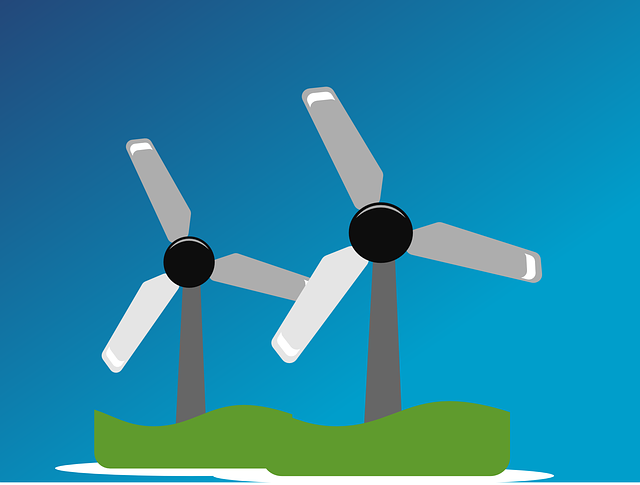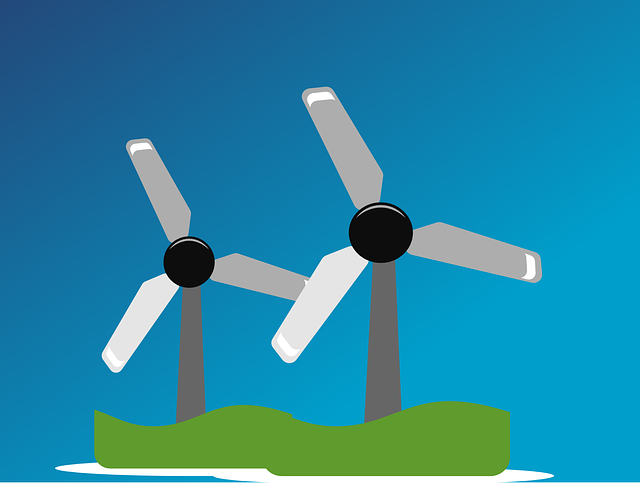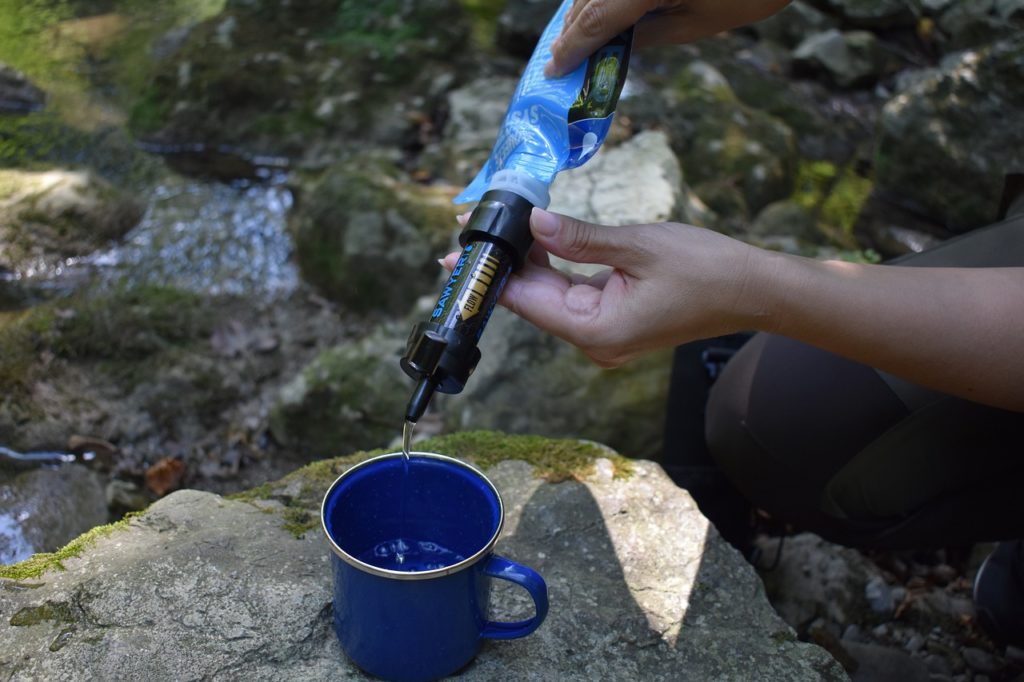Interested in learning about renewable and nonrenewable resources? Well, you’ve come to the right place! In this educational article for third and fourth graders, we’ll dive into the fascinating world of natural resources. We’ll explore what they are, the different types, and even talk about recycling. Get ready to become an expert on renewable and nonrenewable resources!
In this article, we’ll discuss the definition of natural resources and why they’re important. We’ll explain the difference between renewable and nonrenewable resources, giving examples of each. You’ll learn about fossil fuels and why they won’t last forever. We’ll also touch on the topic of recycling and how it helps conserve resources and reduce waste. And finally, we’ll introduce you to some exciting renewable resources like wind, solar, and hydrogen power. So, get ready to expand your knowledge and become a friend to the environment!

This image is property of pixabay.com.
Renewable and Nonrenewable Resources: an Educational Article for Third and Fourth Graders
Renewable and nonrenewable resources are materials or things that people use from the earth. These resources play an important role in our daily lives and understanding the difference between them is valuable knowledge. In this article, we will explore the definition, examples, and importance of both renewable and nonrenewable resources. By the end of this article, you will have a better understanding of the importance of conserving resources for the future.
What are Natural Resources?
Natural resources are materials or things that come from the earth and are used by people like you. These resources can be found in the ground, in the air, or in bodies of water. They can be used to make things, provide energy, or help us in various ways.
Types of Natural Resources
There are two types of natural resources: renewable and nonrenewable.
Renewable natural resources are those that can grow again or never run out. They can be replenished over time. Examples of renewable resources include trees, plants, animals, and wind. These resources are constantly being renewed in nature.
On the other hand, nonrenewable natural resources are fixed amounts found in the ground. Once they are used up, they cannot be replaced. Examples of nonrenewable resources include fossil fuels like coal, oil, and natural gas, as well as minerals like gold and copper.
Renewable Natural Resources
Renewable resources are those that have the ability to grow again or never run out. This means that even if we use them, they will be available again in the future. Trees are a great example of renewable resources. When we cut down a tree, new trees can be planted and grow in its place. The same goes for plants and animals. As long as we take care of them, they can continue to reproduce and provide resources.
Nonrenewable Natural Resources
Nonrenewable resources, on the other hand, are those that exist in fixed amounts in the ground. Once we use them all up, there will be no more left. Fossil fuels, such as oil, coal, and gas, are nonrenewable resources. These fuels have been formed over millions of years and cannot be replaced within our lifetime. Once we use them up, they will be gone forever.
Fossil Fuels: Nonrenewable Resources
Fossil fuels are a specific type of nonrenewable resource. They are formed from the remains of plants and animals that lived millions of years ago. Over time, these remains were buried and transformed into coal, oil, and gas. Fossil fuels are used to generate energy and power many things we use every day, such as cars, stoves, and electricity.
However, fossil fuels have a limited availability. We are using them faster than they can be formed, and eventually, they will run out. That’s why finding alternative sources of energy, like wind, solar, and hydrogen power, is so important for the future.
Recycling and Resource Conservation
Recycling is a concept that plays a crucial role in conserving resources and reducing waste. When we recycle, we turn used materials into new products, reducing the need to extract new resources from the earth. By recycling things like paper, plastic, and glass, we can help conserve valuable resources.
Resource conservation is another important aspect of protecting our natural resources. Conserving resources means using them wisely and not wasting them. This can be done by using energy-efficient appliances, turning off lights when not needed, and reducing water consumption, among other things. By conserving resources, we ensure that they will be available for future generations.
The Future of Resources
The future of resources lies in the development and use of renewable resources. As we mentioned earlier, renewable resources can grow again or never run out. They provide a sustainable option for meeting our needs. Examples of renewable resources include wind, solar, and hydrogen power.
These forms of renewable energy are becoming more and more important as we strive to reduce our dependence on nonrenewable resources like fossil fuels. By harnessing the power of the wind, the sun, and hydrogen, we can generate electricity and power our homes, cars, and schools without depleting the earth’s finite resources.
Conclusion
In conclusion, natural resources are materials or things that people use from the earth. There are two types of natural resources: renewable and nonrenewable. While renewable resources can grow again or never run out, nonrenewable resources are fixed amounts found in the ground. Fossil fuels are a type of nonrenewable resource that will not last forever.
Recycling and resource conservation play important roles in preserving our natural resources. By recycling and conserving resources, we can reduce waste and ensure that valuable materials are not wasted. Additionally, the development of renewable resources like wind, solar, and hydrogen power provides hope for a sustainable future.
Remember, it is important to understand and appreciate the natural resources around us, as they are vital for our daily lives. By conserving resources and embracing renewable energy, we can create a better future for ourselves and generations to come.

This image is property of pixabay.com.



